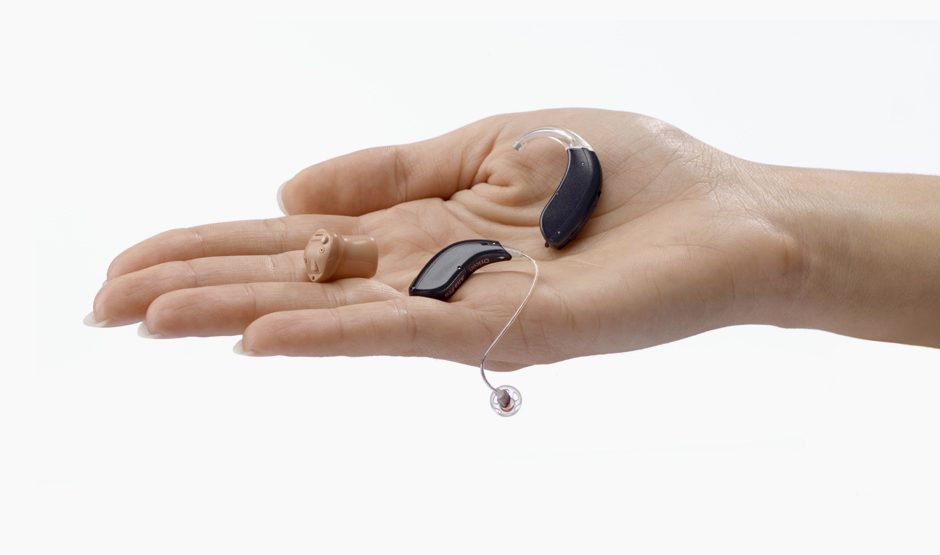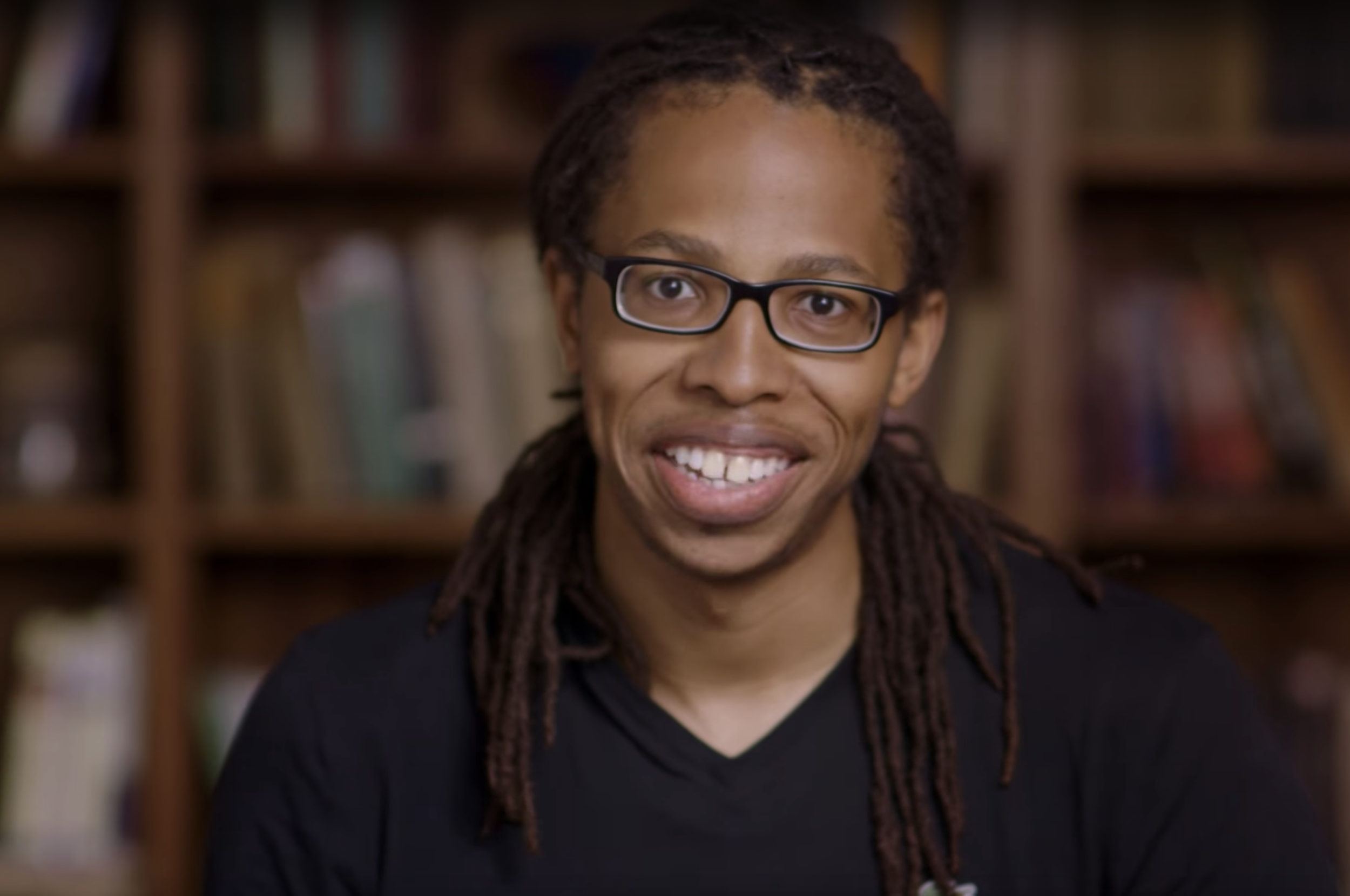By Dr. Laurel A. Christensen
In September, GN Hearing launched ReSound LiNX Quattro. Described as the world’s first “Premium Plus” hearing aid, ReSound LiNX Quattro has generated strong interest among the hearing loss community. As ReSound’s Chief Audiology Officer, I’ve answered many questions about this latest innovation in hearing to facilitate informed decision-making. Here are two of the most common questions I receive.
Can you share the latest features and improvements in ReSound LiNX Quattro? What makes it “Premium Plus”?
ReSound LiNX Quattro is the fourth generation of the LiNX hearing aid family. LiNX streamlined technology with Made for Apple hearing aids in 2014, and brought remote fine-tuning capabilities to audiology in 2017 with ReSound Assist, which allows for adjustment without an additional clinic visit. Both of these breakthrough features are included with ReSound LiNX Quattro, plus more.
Built on a newly designed, powerful microchip platform, it brings users an unprecedented combination of benefits, while enabling hearing capabilities never before possible. Putting sound quality first, ReSound LiNX Quattro technology enables patients to hear more “Layers of Sound,” delivering an extended range of sounds never before heard clearly through hearing aids. The sound quality is natural; soft sounds are clear and loud sounds are rich, full, and distortion-free. Users enjoy an especially marked improvement when listening to music.
The powerful radio provides more reliable, faster streaming and connectivity to any wireless accessory or mobile device. Using the ReSound Smart 3D app, users can take advantage of on-the-go sound personalization such as changing hearing aid programs, adjusting volume, decreasing the level of background or wind noise in the environment, and adjusting streaming sounds from a mobile phone. Also included is a geo-tag function for frequently visited locations so users can return to their preferred location-specific settings as desired.
Finally, ReSound LiNX Quattro is the world’s most advanced rechargeable solution. As many hearing aid users know, changing batteries weekly can be cumbersome, especially for those with impaired dexterity and eyesight. The built-in lithium-ion batteries eliminate the weekly need to change batteries with a rechargeable battery that lasts up to 30 hours. The recharging case holds 90 hours of portable power, greatly reducing the fear of depleted batteries.
How does ReSound LiNX Quattro actually extend the range of hearing?
ReSound LiNX Quattro introduces four newly designed microchips that combine to deliver twice the memory, 100 percent more speed, and 30 percent more computing power—with 20 percent power consumption reduction.
The new chipset allows for an increase to 116 dB of input dynamic range so that sounds enter the hearing aid without distortion. In addition, the frequency bandwidth has been extended to 9.5 kHz both for the hearing aids and for sounds streamed to the devices.
In many other hearing aids, sounds outside these ranges are not heard or are heavily distorted. With ReSound LiNX Quattro, sounds typically missed such as birds singing, higher-pitched speech, or music are clearly discerned.
And by expanding access to sounds, especially higher frequency sounds, we observe improved spatial perception in users, with more cues for localization.
Laurel A. Christensen, Ph.D. is the Chief Audiology Officer of GN ReSound Group. In this role, she leads Global Audiology & User Experience in Research and Development. She holds adjunct faculty appointments at Northwestern and Rush Universities and is a former member of the Executive Board of the American Auditory Society and a member of the Advisory Board for the Au.D. Program at Rush University. In 2015, she received the Distinguished Alumna Award from the Department of Speech and Hearing Sciences at Indiana University.




















